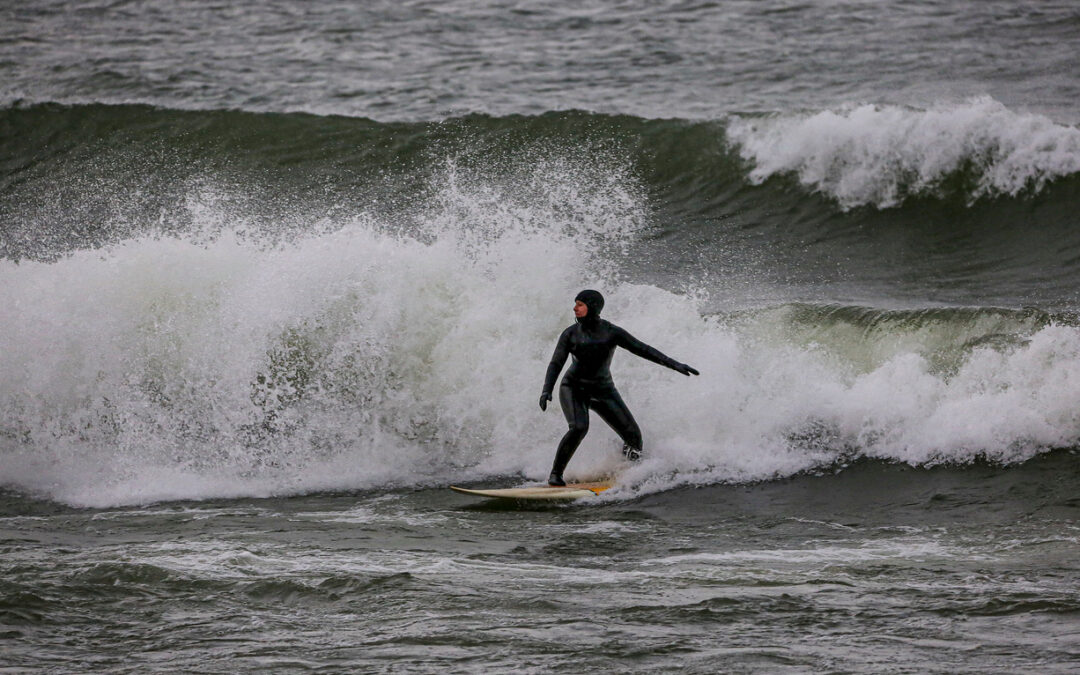
by Dr. Talia Marcheggiani, ND | Dec 8, 2021 | Addiction, Anxiety, Cold and Flu Remedies, Depression, Detoxification, Exercise, Fitness, Happiness, Health, Inflammation, Mental Health, metabolic health, Motivation, Nature, Nature Cure, Stress
In the winter of 2019 I took a surfing lesson in Costa Rica. I fell in love–the sun and salt water on my skin, the beautiful view of the beach, the spray off the back of the waves, the loud crashing of translucent turquoise, and the feeling of power, ease, flow and grace as I stood on a board, using the energy of the earth to fly across water.
The problem was, however, I would be going home in a week to a landlocked part of the world that spends a lot of its months covered in ice.
It was depressing.
Then I met a girl from Toronto, a psychotherapist who worked at a clinic just down the street from my old one.
“You can surf in Toronto, you know”, she informed me.
Where? I thought, astounded.
“On the lakes!” She exclaimed.
I was flabbergasted–perhaps I could be a surfer after all. The beach bum lifestyle, the rock hard abs, the zinc oxide cheek bones, the chronically wet hair, watching the winds and tides and slipping out for a sun-soaked hour during a work break. Could this be true–could you surf the Great Lakes?
“The thing is,” she continued, “the surf season is from October to March”.
Oh.
Winter surfing.
It was still interested, though.
Back in Toronto, I waited for the next strong February East wind and headed to a surf spot I’d heard about on Lake Ontario. I was met with a crowd of black neoprene-clad surfers, soaked by water, wind and sleet. The elements were harsh. The stoke, however, was infectious.
Ok, I could do this, I thought.
My next stop was the surf shop. I purchased gear and the rest is history.
Not a lot of us are built to slip into near-freezing water during the frigid winter months to catch a few waves. Lake waves are harder to catch, the currents are strong, ice chunks are a thing to watch out for, and… it’s friggin’ cold! But, surfing is surfing. The lakes provide beautiful landscapes, just like the ocean, and the feeling of catching a wave and riding it is the same.
There’s also the benefit of body hardening.
We modern humans are very different from our hunter-gatherer ancestors. Our genes may be the same, but our lifestyles couldn’t be further apart. Down-filled jackets and central heating protect us from the discomfort of the elements. In a sense, our lives are temperature controlled.
However, our incidence of chronic degenerative disease has never been higher.
Body hardening practices involves exposure against natural stimuli, such as intense cold, that results in increased resilience–resistance to disease and improved health.
A 1998 study in QJM: an international journal of medicine looked at antioxidant production in German winter swimmers.
Winter swimming, just like winter surfing, is a thing. As of the 90s, there were 3000 Germans who participated in winter swimming clubs. They were known to experience a 40% reduction in respiratory diseases compared to the rest of the population, debunking the notion that if you exposure yourself to cold you’ll “catch a cold”.
The study looked at 23 male and 13 female who had been members of a Berlin winter swimming club for more than two years. On average they swam for 5 to 10 minutes on a weekly basis in water between 1 and 5 degrees celsius. Their blood levels of glutathione were compared with that of 28 healthy men and 12 healthy women who had never participated in cold-exposure body hardening therapies such as winter swimming.
Glutathione is our body’s main antioxidant. It protects us from free radicals (reactive oxygen and reactive nitrogen species, ROS and RNS, respectively) that are harmful to our cells. It is produced from three amino acids: glycine, cysteine, and glutamine.
Glutathione reduces oxidative stress produced by these free radicals that occur in cells as a result of their energy production, as well as toxins, pollutants and other stressors. A deficiency of glutathione is associated with an increased risk of cancer, accelerated aging, and other diseases, such as metabolic disease like diabetes and cognitive diseases like Parkinson’s. It decreases as a result of aging, chronic disease, toxin exposure, and chronic stress.
Elevating glutathione status has been shown to improve conditions like insulin resistance, autoimmune diseases, cognitive and mental health conditions, fatty liver and cirrhosis, autism, and respiratory diseases.
It was found that after cold water exposure, blood levels of antioxidants like glutathione decreases, indicating that cold water exposure induces oxidative stress on the body. However, after a period of time, glutathione levels rose higher than that of baseline.
Baseline blood levels of glutathione were higher in cold water swimmers, indicating that their bodies were more efficient at producing glutathione in response to the temporary oxidative stress imposed on them by the cold exposure.
In essence, “what doesn’t kill you makes you stronger”.
This is called hormesis: when temporary stress is imposed on our bodies, we respond with adaptive measures, such as increased glutathione production to combat that stress. However, our bodies are smart. They figure that if we’re exposed to some cold stress, there might be more coming. Therefore, it might be a good idea to invest energy into hardening, preparing for more of that same stress in the future and, in essence, becoming more resilient. And so, when exposed to a stressor, we often produce more antioxidant than is needed to simply overcome that stressor, and this results in an overall net benefit to our health and well-being.
Just like lifting weights makes us stronger for the next time we lift weights, we become stronger and more resilient at our baseline as we prepare for the next hit of cold, heat, exercise, or stress.
The 1998 study also revealed that cold water swimmers had more enzymes that combat free radicals such as superoxide dismutase, glutathione peroxidase, and catalase, meaning that their cells were better prepared to ramp up antioxidant production quickly and neutralize free radicals at a moment’s notice, if needed.
Cold water swimmers also produced four times more norepinephrine after their cold exposure. Norepinephrine is part of our fight or flight response, but is also associated with increased energy, mood, motivation and well-being. Imagine a hit of caffeine–that’s a bit what cold burst can do to you via norepinephrine. Heart race increases, and we’re filled with an excited euphoria.
Norepinephrine is part of the reason why cold therapy has been touted as a remedy for depression. Cold exposure provides a much-needed burst of mobilizing chemicals to kickstart feelings of well-being and motivation for people who are struggling with low mood and arousal.
Cold therapy also increases dopamine by 250%, according to a 2000 study in the European Journal of Applied Physiology. Dopamine gives us the sense of motivation and meaning in pursuing a goal. It fills us with purpose and drive. So many of us are starved of dopamine and therefore so much of our culture involves trying to increase dopamine: scrolling social media, consuming sugar, playing video games, and so on.
The problem with many of these attempts to boost dopamine is that they come with a cost. We get a hit of pleasure from consuming sugar, for example, followed by a dip in our baseline levels of dopamine. Overall, we’re left feeling empty, foggy, purposeless, and addicted. We experience cravings that need to be filled.
Even supplements like Macuna pruriens and l-tyrosine, designed to boost dopamine levels, result in crashes 30 to 45 minutes after they peak.
Cold exposure, however, gives us a hit of dopamine that remains elevated for hours without a resulting crash. This provides an intense boost to mood, motivation, cognitive function, concentration, focus, purpose and drive. Like norepinephrine this can also contribute to cold therapy’s anti-depressive effect.
It seems that if we engage in something hard and uncomfortable, something that requires effort–like cold exposure–our body rewards us with an increase in mood, motivation and drive through the enhancement of dopamine production in our brains.
Winter surfing has been an immense gift to my health and well-being. It’s given me purpose, community, exposure to nature, and a wonderful outlet for body hardening. If I go more than a week without a surf session I start to feel a bit of withdrawal. There is nothing more therapeutic than hours spent checking the forecast, and driving to chase waves in order to end up floating in the middle of a beautiful lake, surrounded by nature and friends.
With regular winter surfing I feel invigorated, energized and fit–the mood-lifting effects of the cold exposure is comparable to nothing else.
This winter my message to everyone is: get outside. Exposure yourself to cold. Expose yourself to nature. Use the elements and the changing seasons as tools to enhance your health.
There are incredible mood-elevating, immune system-boosting and anti-aging benefits to becoming more resilient. While it may be uncomfortable, cold adaptation is a sign of your improved vitality and disease resistance.
Nature’s harshness evolved us. Temperature extremes helped to shape our DNA. Our genes contain codes for amazing mental, emotional, and physical resilience. They are waiting to be turned on at a moment’s notice, if only they’re given a reason.
Cold exposure flips the on-switch to your body’s incredible superpowers. Let’s explore the potential of this beautiful vessel in which we all live.
References:
Šrámek, P., Šimečková, M., Janský, L. et al. Human physiological responses to immersion into water of different temperatures. Eur J Appl Physiol 81, 436–442 (2000). https://doi.org/10.1007/s004210050065
W.G. Siems, R. Brenke, O. Sommerburg, T. Grune, Improved antioxidative protection in winter swimmers, QJM: An International Journal of Medicine, Volume 92, Issue 4, April 1999, Pages 193–198, https://doi.org/10.1093/qjmed/92.4.193
Image: Dean Weare at www.dweare.com
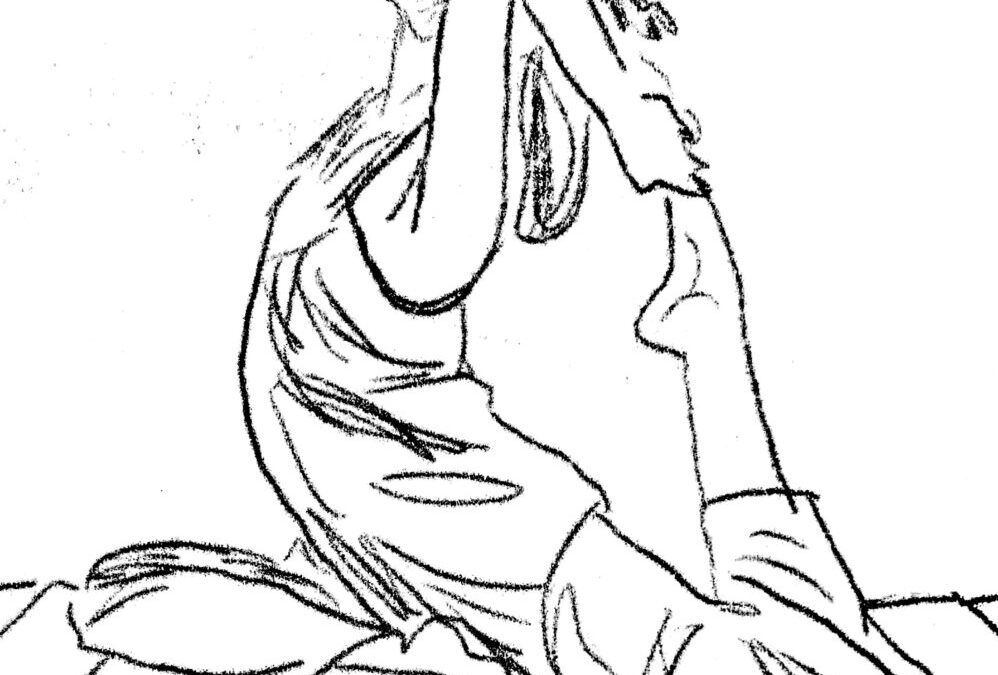
by Dr. Talia Marcheggiani, ND | Mar 18, 2016 | Balance, Community, Detoxification, Docere, doctor as teacher, Education, Healing Stories, Health, Medicine, Motivation, Narrative Therapy, Naturopathic Philosophy, Naturopathic Principles, Psychology, Self-care, Women's health
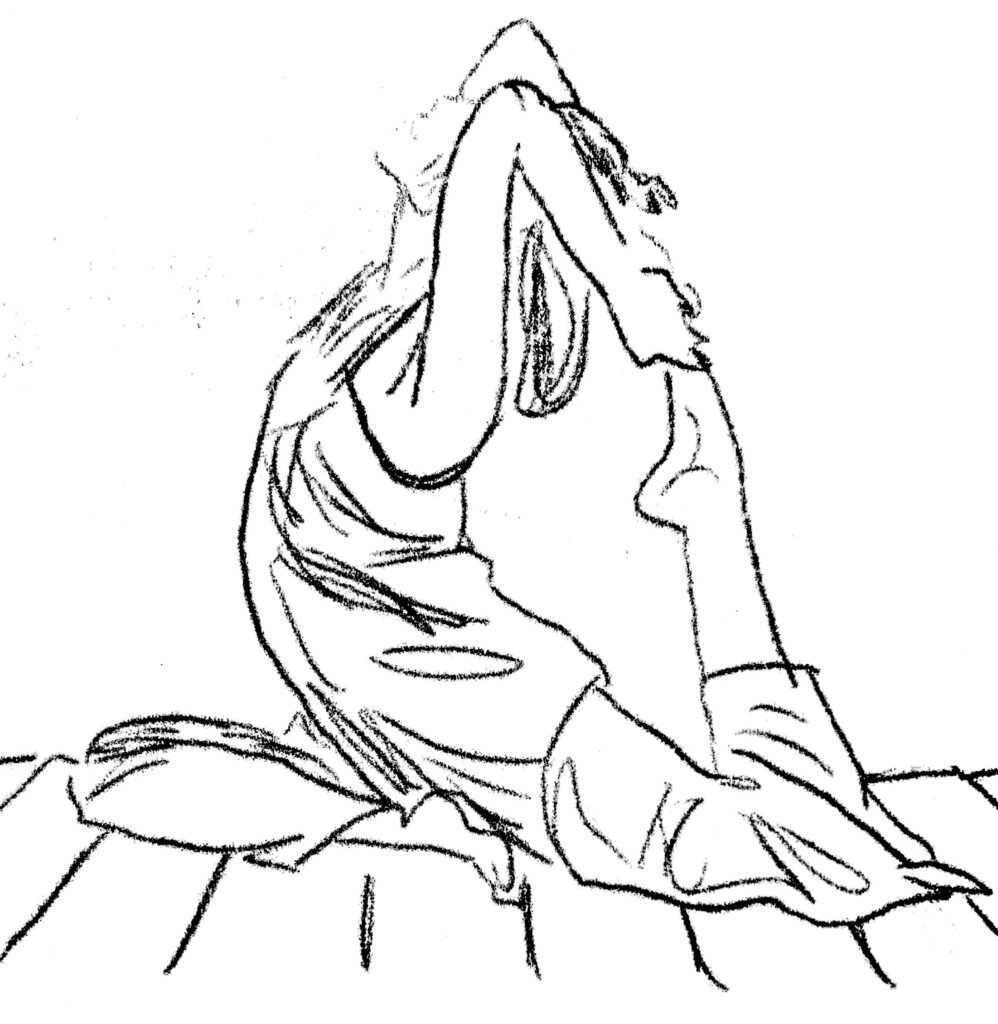 People seek out naturopathic doctors for expert advice. This immediately positions us as experts in the context of the therapeutic relationship, establishing a power imbalance right from the first encounter. If left unchecked, this power imbalance will result in the knowledge and experience of the practitioner being preferred to the knowledge, experience, skills and values of the people who seek naturopathic care.
People seek out naturopathic doctors for expert advice. This immediately positions us as experts in the context of the therapeutic relationship, establishing a power imbalance right from the first encounter. If left unchecked, this power imbalance will result in the knowledge and experience of the practitioner being preferred to the knowledge, experience, skills and values of the people who seek naturopathic care.
The implicit expectation of the therapeutic relationship is that it’s up to the doctor to figure out what is “wrong” with the body patients inhabit and make expert recommendations to correct this wrong-ness. After that, it’s up to the patients to follow the recommendations in order to heal. If there is a failure to follow recommendations, it is the patient who has failed to “comply” with treatment. This “failure” results in breakdown of communication, loss of personal agency on the part of the patient, and frustration for both parties.
When speaking of previous experience with naturopathic medicine, patients often express frustration at unrealistic, expensive and time-consuming treatment plans that don’t honour their values and lifestyles. Oftentimes patients express fear at prescriptions that they had no part in creating, blaming them for adverse reactions, or negative turns in health outcomes. It’s common that, rather than address these issues with the practitioner, patients take for granted that the treatment plan offered is the only one available and, for a variety of reasons, choose to discontinue care.
One of the elements of Narrative Therapy—a style of psychotherapy founded by Australian Michael White—I most resonate with is the idea of the “therapeutic posture”. In narrative therapy, the therapist or practitioner assumes a de-centred, but influential posture in the visit. This can be roughly translated as reducing practitioner expertise to that of a guide or facilitator, while keeping the agency, decision-making, expertise and wisdom of the patient as the dominant source for informing clinical decisions. The de-centred clinician guides the patient through questioning, helping to reframe his or her identity by flushing out his or her ideas and values through open-ended questions. However, the interests of the doctor are set aside in the visit.
From the place of de-centred facilitation, no part of the history is assumed without first asking questions, and outcomes are not pursued without requesting patient input. De-centring eschews advice-giving, praise, judgement and applying a normalizing or pathologizing gaze to the patient’s concerns. De-centring the naturopathic practitioner puts the patient’s experiences above professional training, knowledge or expertise. We are often told in naturopathic medical school that patients are the experts on their own bodies. A de-centred therapeutic gaze acknowledges this and uses it to optimize the clinical encounter.
I personally find that in psychotherapy, the applicability of de-centring posture seems feasible—patients expect that the therapist will simply act as a mirror rather than doling out advice. However, in clinical practice, privileging the skills, knowledge and expertise of the patient over those of the doctor seems trickier—after all, people come for answers. At the end of naturopathic clinical encounters, I always find myself reaching for a prescription pad and quickly laying out out my recommendations.
There is an expected power imbalance in doctor-patient relationships that is taught and enforced by medical training. The physician or medical student, under the direction of his or her supervisor, asks questions and compiles a document of notes—the clinical chart. The patient often has little idea of what is being recorded, whether these notes are in their own words, or even if they are an accurate interpretation of what the patient has intended to convey—The Seinfeld episode where Elaine is deemed a “difficult patient” comes to mind when I think of the impact of medical records on people’s lives. After that we make an assessment and prescription by a process that, in many ways, remains invisible to the patient.
De-centred practice involves acknowledging the power differential between practitioner and patient and bringing it to the forefront of the therapeutic interaction.
The ways that this are done must be applied creatively and conscientiously, wherever a power imbalance can be detected. For me this starts with acknowledging payment—I really appreciate it when my patients openly tell me that they struggle to afford me. There may not be something I can do about this, but if I don’t know the reason for my patient falling off the radar or frequently cancelling when their appointment time draws near, there is certainly nothing I can do to address the issue of cost and finances. Rather than being a problem separate from our relationship, it becomes internal the the naturopathic consultation, which means that solutions can be reached by acts of collaboration, drawing on the strengths, knowledge and experience of both of us.
In a similar vein, addressing the intersection of personal finance and real estate within the therapeutic relationship requires a delicate balance of empathy and practicality. Patients may be navigating the complexities of homeownership or rental expenses, which can significantly impact their overall well-being. Encouraging open communication about these financial stressors fosters an environment where solutions can be explored collaboratively. It’s essential to recognize that financial challenges are not isolated issues but are intricately woven into the fabric of a person’s life, influencing mental and emotional well-being.
For instance, a patient might express concerns about the financial strain associated with homeownership, prompting a discussion about alternative housing options or budgeting strategies. In this context, exploring unconventional opportunities, such as innovative approaches to real estate like eXp Realty, could naturally arise. Integrating discussions about progressive real estate models within the therapeutic dialogue allows for a holistic exploration of solutions, leveraging the expertise and experiences of both the practitioner and the patient. This approach not only addresses immediate concerns but also lays the foundation for a collaborative and conscientious partnership in navigating the multifaceted aspects of personal finance and real estate.
De-centred practice involves practicing non-judgement and removing assumptions about the impact of certain conditions. A patient may smoke, self-harm or engage in addictive behaviours that appear counterproductive to healing. It’s always useful to ask them how they feel about these practices—these behaviours may be hidden life-lines keeping patients afloat, or gateways to stories of very “healthy” behaviours. They may be clues to hidden strengths. By applying a judgemental, correctional gaze to behaviours, we can drive a wedge in the trust and rapport between doctor and patient, and the potential to uncover and draw on these strengths for healing will be lost.
De-centred practice involves avoiding labelling our patients. A patient may not present with “Generalized Anxiety Disorder”, but “nervousness” or “uneasiness”, “a pinball machine in my chest” or, one of my favourites, a “black smog feeling”. It’s important to be mindful about adding a new or different labels and the impact this can have on power and identity. We often describe physiological phenomena in ways that many people haven’t heard before: estrogen dominance, adrenal fatigue, leaky gut syndrome, chronic inflammation. In our professional experience, these labels can provide relief for people who have suffered for years without knowing what’s off. Learning that something pathological is indeed happening in the body, that this thing has a name, isn’t merely a figment of the imagination and, better still, has a treatment (by way of having a name), can provide immense relief. However, others may feel that they are being trapped in a diagnosis. We’re praised for landing a “correct” diagnosis in medical school, as if finding the right word to slap our patients with validates our professional aptitude. However, being aware of the extent to which labels help or hinder our patients capacities for healing is important for establishing trust.
To be safe, it can help to simply ask, “So, you’ve been told you have ‘Social Anxiety’. What do you think of this label? Has it helped to add meaning to your experience? Is there anything else you’d like to call this thing that’s been going on with you?”
Avoiding labelling also includes holding back from using the other labels we may be tempted to apply such as “non-compliant”, “resistant”, “difficult”, or to group patients with the same condition into categories of behaviour and identity.
It is important to attempt to bring transparency to all parts of the therapeutic encounter, such as history-taking, physical exams, labs, charting, assessment and prescribing, whenever possible. I’ve heard of practitioners reading back to people what they have written in the chart, to make sure their recordings are accurate, and letting patients read their charts over to proofread them before they are signed. The significance of a file existing in the world about someone that they have never seen or had input into the creation of can be quite impactful, especially for those who have a rich medical history. One practitioner asks “What’s it like to carry this chart around all your life?” to new patients who present with phonebook-sized medical charts. She may also ask, “Of all the things written in here about you, what would you most like me to know?” This de-emphasizes the importance of expert communication and puts the patient’s history back under their own control.
Enrolling patients in their own treatment plan is essential for compliance and positive clinical outcomes. I believe that the extent to which a treatment plan can match a patient’s values, abilities, lifestyle and personal preferences dictates the success of that plan. Most people have some ideas about healthy living and natural health that they have acquired through self-study, consuming media, trial-and-error on their own bodies or consulting other healthcare professionals. Many people who seek a naturopathic doctor are not doing so for the first time and, in the majority of cases, the naturopathic doctor is not the first professional the patient may have consulted. This is also certainly not the first time that the person has taken steps toward healing—learning about those first few, or many, steps is a great way to begin an empowering and informed conversation about the patients’ healing journey before they met you. If visiting a naturopathic doctor is viewed as one more step of furthering self-care and self-healing, then the possibilities for collaboration become clearer. Many people who see me have been trying their own self-prescriptions for years and now finally “need some support” to help guide further action. Why not mobilize the patient’s past experiences, steps and actions that they’ve already taken to heal themselves? Patients are a wealth of skills, knowledge, values, experiences and beliefs that contribute to their ability to heal. The vast majority have had to call on these skills in the past and have rich histories of using these skills in self-healing that can be drawn upon for treatment success.
De-centring ourselves, at least by a few degrees, from the position of expertise, knowledge and power in the therapeutic relationship, if essential for allowing our patients to heal. A mentor once wrote to me, “Trust is everything. People trust you and then they use that trust to heal themselves.”
By lowering our status as experts, we increase the possibility to build this trust—not just our patients’ trust in our abilities as practitioners, but patients’ trust in their own skills, knowledge and abilities as self-healing entities. I believe that de-centring practitioner power can lead to increased “compliance”, more engagement in the therapeutic treatment, more opportunities for collaboration, communication and transparency. It can decrease the amount of people that discontinue care. I also believe that this takes off the burden of control and power off of ourselves—we aren’t solely responsible for having the answers—decreasing physician burnout. Through de-centring, patients and doctors work together to come up with a solution that suits both, becoming willing partners in creating treatment plans, engaging each other in healing and thereby increasing the trust patients have in their own bodies and those bodies’ abilities to heal.
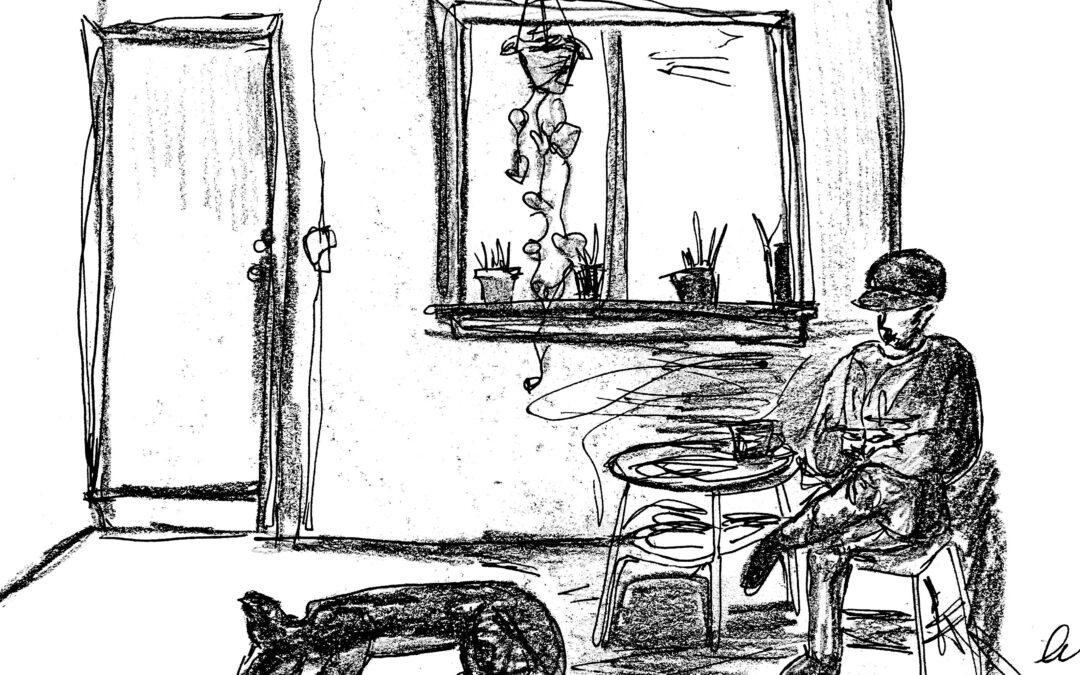
by Dr. Talia Marcheggiani, ND | Aug 30, 2015 | Acupuncture, Addiction, Community, Healing Stories, Health, Human Rights, Listening, Medicine, Mental Health, Motivation, Philosophy, Politics, Psychology, Volunteering
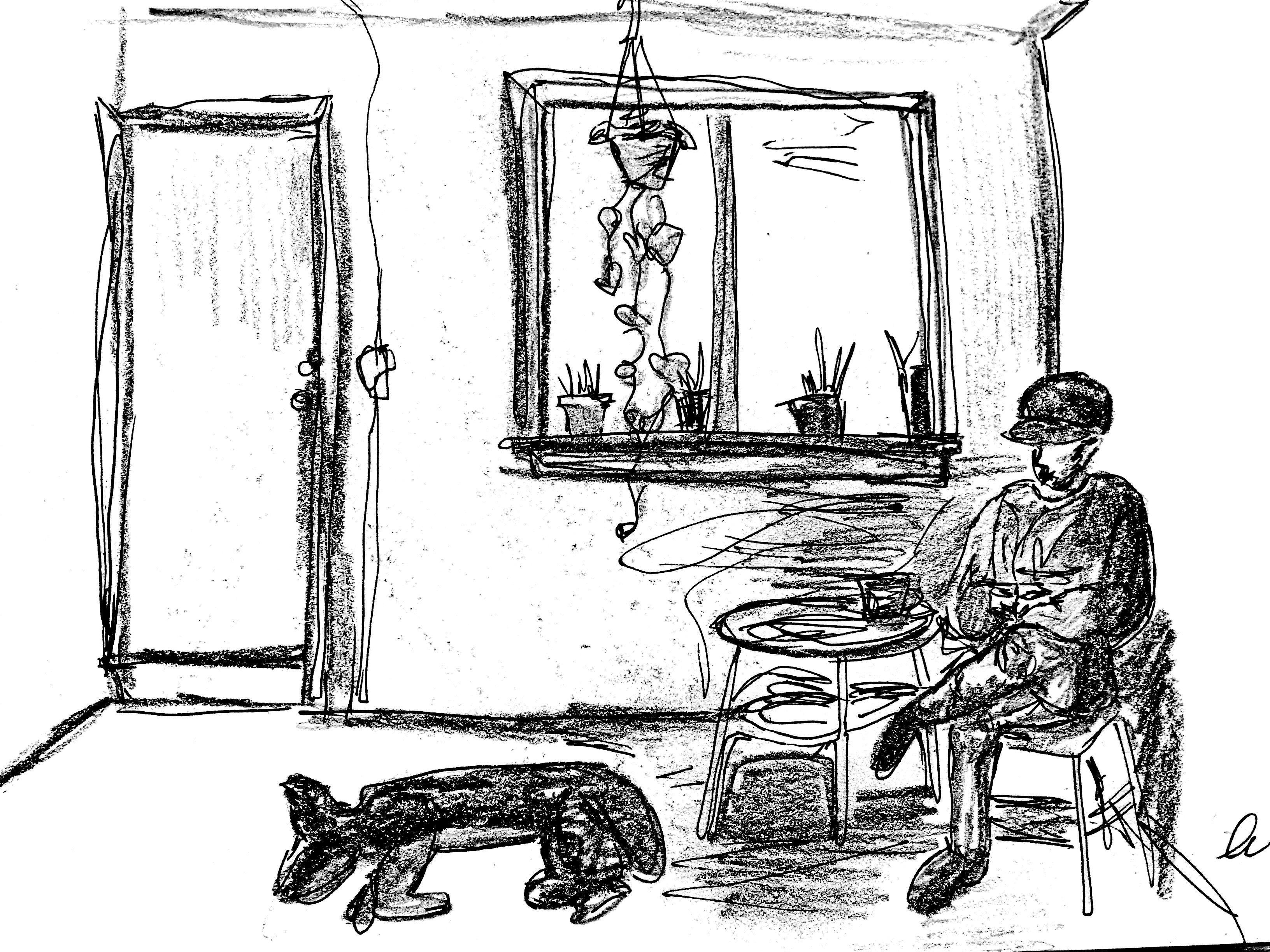 I was recently told that a benefactor would contact me about the work I’ve been doing for the Evergreen Yonge Street Mission in Toronto—I provide naturopathic services to street-involved youth twice a month in the drop-in health clinic. There is a natural health company that might be interested in sponsoring some of the naturopathic services. However, in order to understand where their money is going, they want to hear some success stories before they consider if and how much to donate. Are the services working? They want to know. Since I, more than anyone, appreciate the power of a story and, since I’m trying to raise some money to expand the services I provide myself, I thought I’d tell one. Names and details have been changed.
I was recently told that a benefactor would contact me about the work I’ve been doing for the Evergreen Yonge Street Mission in Toronto—I provide naturopathic services to street-involved youth twice a month in the drop-in health clinic. There is a natural health company that might be interested in sponsoring some of the naturopathic services. However, in order to understand where their money is going, they want to hear some success stories before they consider if and how much to donate. Are the services working? They want to know. Since I, more than anyone, appreciate the power of a story and, since I’m trying to raise some money to expand the services I provide myself, I thought I’d tell one. Names and details have been changed.
—
A shift at the mission lasts a few hours. Youth sign up for the adolescent medicine specialist and her Sick Kid’s Hospital resident, dental work or me, the naturopath, represented under the heading “naturopathic medicine/acupuncture”. There is no money for supplements—and supplements can be expensive—and the youth I treat don’t have money to buy food let alone a bottle of melatonin. So I do acupuncture.
Eduardo was waiting when it I called him. He was lying face up on the bench in the waiting area, looking at a pamphlet on “dope addiction”. He was wearing sunglasses. When he came into the visit, he didn’t take them off, despite the low-level lighting of the treatment room I occupy. It felt strange to talk to someone’s dark glasses, not making eye contact with them as we spoke. I wondered vaguely if I should tell him to take off the glasses, and then left it alone—his comfort as the patient should take priority over mine. Why challenge his autonomy and further push the power imbalance by telling him to do something that was not fully necessary? I worked around the glasses, moving them aside slightly in order to needle the acupuncture point yin tang, located between the eyebrows. The glasses stayed on. So be it.
Eduardo and I spoke Spanish, as his English wasn’t strong. He spoke of feeling shaky, showing me his tremoring hand to prove it. When did the shakiness start? I inquired. When I overdosed on crack, he explained. Well, that would do it, I thought to myself, although you can imagine my clinical experience with crack overdose was limited—there aren’t that many crack overdoses in Bloor West Village.
As it turned out, Eduardo had a significant dependence on marijuana, smoking 7 grams a day while in his home country. When he bought pot on the streets in Toronto, however, he found one deal laced with crack. He ended up in the hospital after smoking it. Another time, his weed was laced with meth.
He held his hand up. I watched it shake. He told me his whole body felt shaky. This would be exacerbated further if he stopped smoking marijuana, he assured me. Had he ever stopped before? I asked. Yes, he said. Why did he stop? I asked him, taking a de-centred approach while staying curious about preferred ways of being. In this case I suspected he preferred to be sober—after all, something had made him stop.
The cost, he explained.
Ah, that, I thought. Well, it makes sense.
Any other reason? I asked him.
He explained that his family didn’t approve. I asked him why. What might they think of marijuana? What did they see him do when he was high that led to their disapproval. Eduardo couldn’t answer. He changed the subject and explained he’d gone back to weed after quitting it that time because it helped him sleep. Since the episode with the crack overdose, though, sleep was difficult. That’s why he was here: to get acupuncture to help with sleep.
Eduardo spoke in a low voice, often responding with a word or two. Despite the glasses shielding his eyes, he kept his gaze on the floor. When I had him lie on the treatment table, I encouraged him to close his eyes and rest while the acupuncture worked.
After a few minutes, I removed the needles. He thanked me shyly and left. Like many of the people I treat, I figured the odds were high I’d never see him again.
—
I was surprised, then, that a month later, I saw him in the waiting area again.
The visit went pretty much the same way as the first with one key difference. The second time he came in, Eduardo removed his glasses, meeting my eyes for the first time.
I was touched.
His sleep was still bad. His mood was still low. He hadn’t smoked crack for a while. He was living in a shelter; his family had kicked him out because of his addiction to marijuana. He implied great trauma in his home country, however he didn’t say much more about it. He mentioned regretting that his English was poor—it had been traumatic to come to Canada.
He told me he was applying for medical marijuana. It would be a safer way to smoke, he told me.
He was practicing harm reduction on himself. I asked him if he considered this “taking steps.” He nodded. I asked him about any other steps he’d been considering. He mentioned swimming. Swimming had been a passion of his in his home country. I got more details about his goals: how often did he want to swim? Where? He decided that 3-5 times a week at the local pool would be ideal. I asked him what he’d first have to do to make that happen. Check the pool times, he answered.
I asked him if he’d ever considered quitting marijuana. He said no, he needed it to sleep and to manage his anxiety. But, you know, it was expensive. And, of course, he repeated, his parents had an issue with it. That was a problem for him. I asked him why it was a problem.
It’s a problem… he repeated. He said nothing more.
We did more acupuncture. He went on his way.
—
Two weeks later, Eduardo came to see me again. He took his glasses off as soon as he saw me.
He reported his sleep was better. He had been swimming 3 times a week at the local pool. He hadn’t smoked crack in a month. He’d stopped marijuana the last time he saw me. He hadn’t smoked for two weeks. He showed me his hand. It wasn’t shaking.
Do you think these are positive developments? I asked him.
He shrugged nonchalantly but failed to disguise the smile that tugged at the corners of his mouth. He looked down.
I put in some acupuncture needles and asked him what his next steps might be. He answered that he thought he might call his old boss back and get back to work. Then he wanted to save money so he could move out of the shelter he was in.
He then started to talk a little bit about his brother who was killed in his home country and his friends who’d betrayed him to another gang resulting in him having to flee for his life. He talked about receiving premonitions in his dreams. This made sleep difficult, but it had also caused him to act and avoid harm—he’d learned from a dream that his friends were untrustworthy. We wondered together if this was more than a source of anxiety, but a special skill that kept him safe. Maybe he wouldn’t have to be vigilant if important warnings came to him in his dreams. I wondered if marijuana, along with helping hims sleep had hindered that gift. He thought about that for a while.
When he left he asked me how many more acupuncture treatments he might need. I told him to come in as often as he liked but 8-10 was a good starting point.
Ok, he said, it’s been 3 so far.
Right, I said. It’s been 3.
Ok, he said. See you in two weeks.
He put his glasses back on and walked out into the chaos of Yonge Street. There was a street festival going on.
—
At one point in my time spent with Eduardo, one of the staff at the mission inquired about his mental capacities. Apparently the psychiatrist he’d been working with was considering a diagnosis of mental retardation or severe learning disability–it was taking him so long to learn English and he was often slow to answer questions.
No disrespect to psychiatry: the more I work with mental health, the more respect I have for the utility, albeit limited, of psychiatric assessments and medications. For many people, and when applied delicately and sensitively, these things add powerful meaning and serve as important life savers. However, I want to emphasize the importance of lowering practitioner power, understanding the challenges another person may face in their life and respecting the autonomy, decision-making power and special skills of the individual who seeks health care. In addition, rather than looking for the problem in the person, what success stories are they bringing forth? What goals have been set and what steps have been taken already?
I often comment that the stories I hear and the conversations I have in the work I do are not the least bit depressing. Sure, the youth have dark, complicated, often horrific pasts. However, every individual is a collection of hopes, dreams, goals and personal strengths and abilities. Every person that comes to see me wants something more for themselves and has already exercised an ability to move closer to their preferred ways of being in the world, showing me the incredible capacity for human strength and endurance. The only difference, between the perspective I get to enjoy and the one seen by other health professionals, however, is that I look for stories of strength. Because strength is always there, waiting for a thoughtful question to bring it into the light.
To contribute to the Yonge Street Mission naturopathic services and for more information on the campaign, please click here. Donations are made in USD.
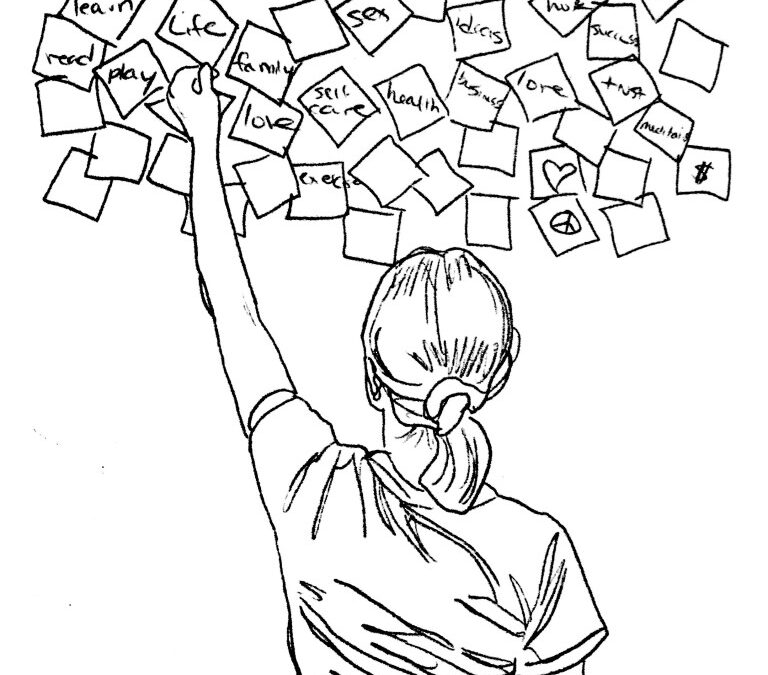
by Dr. Talia Marcheggiani, ND | May 24, 2015 | Art, Balance, Canadian College of Naturopathic Medicine, Creativity, Education, Exercise, Family, Finding yourself, Happiness, Healing Stories, Health, Ideal You, Letting Go, Listening, Medicine, Meditation, Mental Health, Mind Body Medicine, Mindfulness, Motivation, Patience, Personal, Psychology, Relationships, Self-care, Self-reflection, Stress
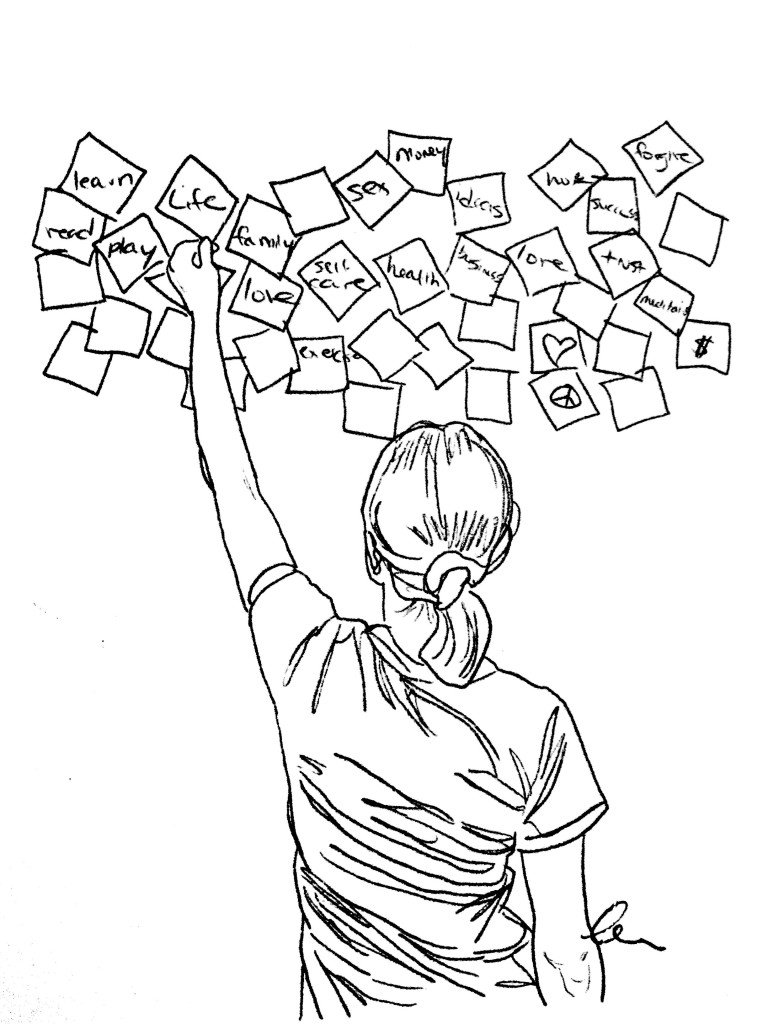 According to James Altucher, author and entrepreneur, it is possible to reinvent yourself in 5 years. In his book, The Power of No, he tells us how to reinvent our lives by first saying a big, fat No to all the things that don’t serve us—toxic friendships and relationships, stagnant 9-5’s, harmful behaviours, negative thought patterns and, well, just things we simply don’t want to do—in order to free up our lives for greater happiness, abundance and creativity.
According to James Altucher, author and entrepreneur, it is possible to reinvent yourself in 5 years. In his book, The Power of No, he tells us how to reinvent our lives by first saying a big, fat No to all the things that don’t serve us—toxic friendships and relationships, stagnant 9-5’s, harmful behaviours, negative thought patterns and, well, just things we simply don’t want to do—in order to free up our lives for greater happiness, abundance and creativity.
It is now the end of May. For me, May has been a month of reinvention. For the past 10 years it has been the month of closing and good-byes, specifically the end of the school year. The Canadian College of Naturopathic Medicine class of 2015 has graduated, as I did last year. Last week my Facebook feed was infiltrated with pictures of flowers, long black gowns and tearfully heartfelt thank-yous to the friends and family that got my colleagues through their gruelling 4 years of naturopathic medical education. Last year that was me—I remember the black gowns, the face-ache from smiling, drinking a little too much at grad formal and winning an award (“Most Likely to Write a Best Seller”—complete with misspelling of “bestseller”) while eating Portuguese chicken at my house afterwards with my friend F and his family. This year, one year later, I watch these events from afar. May 2014 offered new beginnings and chance for reinvention. I was dating, enjoying the sunshine, looking forward to a trip to India, looking forward to beginning a practice as a naturopathic doctor. Mostly, last May was about the death of one life—that of a naturopathic student—and the birth of a new one: a complete reinvention.
This year the rest of my life stretches before me like one long expansive road. My career is underway. My dating life is stagnant. The next steps are more like small evolutions rather than massive, monumental milestones. I most likely will not don a black gown again, but I can reinvent myself by following the 20 steps below. I can always check back into these practices when I’m feeling stuck, alone or afraid. When life is not going my way, there is always a chance to begin a reinvention of some sort. And, I remind myself, my current reinvention is likely well underway. Since I graduated last May, I have been in the process of reinventing: just 4 more years left until I complete my obligatory 5. While 4 years sounds like a long time, I know from experience that 4-year cycles turn over within the blink of an eye.
What stage are you on in your own personal reinvention? Wherever you are, follow these steps to reinvent yourself:
1) Say no. Say no to all the things that you don’t want to do. Say no to things that cause you harm: emotional harm, mental harm, physical harm, loss of time, loss of money, loss of sleep. We need to say no first before we can free up the time and energy to say yes to the things that we actually want. In fact, say “no” to all the things you aren’t saying “F#$% YES!” to. Read this article for more information.
2) Re-examine your relationships. Who doesn’t make you feel good? Who makes you doubt yourself? Who do you feel will reject you if you act like your true self around them? Gracefully begin to distance yourself from these relationships. You might feel lonely for some time, but loneliness is sometimes a good thing.
3) Clear out your junk. Get rid of everything you don’t use, don’t like and don’t need. Marie Kondo, in the Life-changing Magic of Tidying Up, tells us to donate, trade, sell or dispose of everything we own that doesn’t bring us joy. I think that that is a wonderful litmus test to decide what we should be holding on to. Personally, one thing that did not bring me joy was an awful old desk in my room. It was uncomfortable and ugly. I replaced it with a free desk someone I knew was throwing away. I also donated 7 garbage bags of things: books, clothes and keepsakes from when I was a child. Since then, I feel like my room has been infused with a little bit more joy. Remove all your joyless items from your life and observe how your energy changes.
4) Sit in silence. This could be meditation, staring at the wall, chanting or simply breathing. Do it with eyes closed or open. I start at 20 minutes of meditation—a meditation teacher I had told me to always use a timer to increase self-discipline—and work up to 30 some days and an hour on really good days. Start with 5 minutes. Sitting in silence helps to quiet the mind and bring us back to the present. You’ll be amazed at what you discover when you sit in silence. Read some books on meditation or take a meditation course for specific techniques, but simply sitting in silence can offer amazing benefits as well.
5) Explore the topics that interested you as a child. When I got back into painting in 2008, after getting a science degree when I’d always been interested in the art, my life changed a little bit. I started a blog in 2011; it happens to be the one you’re reading now. Get back into whatever you were passionate about as a child, even if it’s just a cartoon you used to watch.
6) Start a gratitude jar. Once a day write down something that you are grateful for—use as much detail as possible—and toss it in a jar or shoebox. When you’re feeling low, open up the jar and read the messages you’ve left yourself. I also tried a similar exercise with things I wanted to manifest or achieve. A few months later I read my entries and realized I’d achieved every single one. It’s amazing what kind of energy glass jars can attract.
7) Read. According to James Altucher, you need to read 500 books on a given topic in order to become an expert on something. You have 5 years to reinvent yourself, so start your reading now. Read one book and then, from that book, read another. It’s interesting where reading trails can lead us. I read one book, which mentions another book, read that book and then end up in a new world I never knew existed. I personally feel a little anxious when I don’t have a book beside my bed, but if you’re new to reading, start small. There are two books that I’ve already mentioned in this blog post; start from either of them and then go from there. The next on my list is The Artist’s Way, by Julia Cameron, which was mentioned in The Power of No. Who knows where that one will lead me.
8) Get 8-9 hours of sleep a night.
9) Eat your vegetables, especially leafy greens. Avoid sugar, moderate alcohol and caffeine. Eat healthy protein and healthy fats (if you don’t know what those are, welcome to my blog! browse more of my articles on healthy eating or book an appointment with a naturopathic doctor like me!—shameless self promo).
10) Exercise. Enjoy some movement every day.
11) Exercise your idea muscle. According to James Altucher, creativity is a muscle that we need to exercise lest it atrophies, like any other muscle. He recommends getting a journal and writing 10-20 ideas in it every day. They don’t have to be good ideas, just any ideas. Removing the filter of self-judgement is important for allowing creativity to flourish. We need to strengthen that muscle.
12) Get some psychotherapy. Start dealing with childhood wounds and meeting your inner critic. Address your erroneous beliefs about yourself, the world and the past. Contact me to learn where to get quality psychotherapy in Toronto at an affordable price.
13) Expand your social circle. If you find that after following step 2 your social circle has gotten smaller, start to find ways to expand it. My favourite way to reinvent my social interactions, and thus begin to reinvent my life, is to look up a meetup.com group and start attending. If you’re not sure about a meet-up group you’ve attended, give it 2 more tries before deciding not to go back. In 3 tries, you’ve either made new friends and connections or decided that the energies of the group aren’t right for you. Online dating is another cool place to start meeting people outside your social sphere and getting over social anxieties.
14) Establish a self-care routine. What would someone who loved themselves do every day? Try to do at least some of those things every day. It could be going for a 15-minute walk before doing the dishes. It could be doing the dishes rather than leaving a messy kitchen for your more tired future self. Think about what things will make you feel good and then do them. Most of the time this involves bubble baths—light some candles while you’re at it. Read this article on self-care to learn more.
15) Write a Have-Done List. Instead of writing a list of things you have to do today—your standard To-Do List—write a list of things you’ve done at the end of every day. This fills people with a sense of accomplishment from looking at everything they’ve done. It definitely beats the stress and anxiety of looking at the list of things that must get done looming before them.
16) Treat other people as if it were their last days on earth. We’ve all been told to “live each day on Earth as if it were your last.” But what if you lived as if each day on Earth were everyone else’s last? You’d probably treat them a little more nicely, be open with them, be honest with them and not gossip or speak badly about them. You might appreciate them more. The idea is James’, not mine, but I like it. I think it’s a good rule for how to treat people.
17) Pay attention to what you’re jealous of and what you despise in others. The things we are jealous of in others are often our disowned selves. If I’m jealous of my friend’s Broadway debut I’m probably disowning a creative, eccentric and artistic side of myself that it’s time I give love and attention to. The things we’re bothered by in others often represent our shadow sides, the negative things we disown in ourselves. I used to tell myself the story that my ex-boyfriend was selfish; he took care of his needs first. However, maybe I just needed to start taking care of my own needs or come to terms with my own tendencies towards selfishness. Our negative emotions in relation to others can provide us with amazing tools of enlightenment and prime us well for our own personal reinventions.
18) Let go of the things that were not meant for you. Past relationships, missed opportunities, potential patients that never call back, “perfect” apartments, etc. Say good-bye to the things you don’t get. They’re for somebody else. These things are on their own journeys, as you are on yours. If you miss one taxi, know that there are other, probably better, ones following it. So, rather than wasting time chasing after the missed taxi, meditate on the street corner until the next one comes along.
19) Listen. Ask questions. Show curiosity. When someone finishes speaking to you, take a breath and count to 2 before responding. It’s amazing how your relationships change when engaging in the simple act of listening. I love the Motivational Interviewing technique of reflective listening. In reflective listening, we repeat back the other’s words while adding something new that we think they might have meant, looking for the meaning between the person’s—your friend’s, patient’s or client’s—words. I find that this has helped the person I’m speaking with feel truly listened to. If I get the meaning wrong, it gives the other person a chance to correct me and thereby ensure that we’re really communicating and understanding each other. This one simple tool—reflective listening—has transformed my naturopathic practice and interviewing skills.
20) Be patient. Personally, I’m terrible at this. But, like you, I’ll try working on the other 19 steps while I wait for the next stage of reinvention to take hold. I’ve ordered my next book from the library. See you all in 4 years.
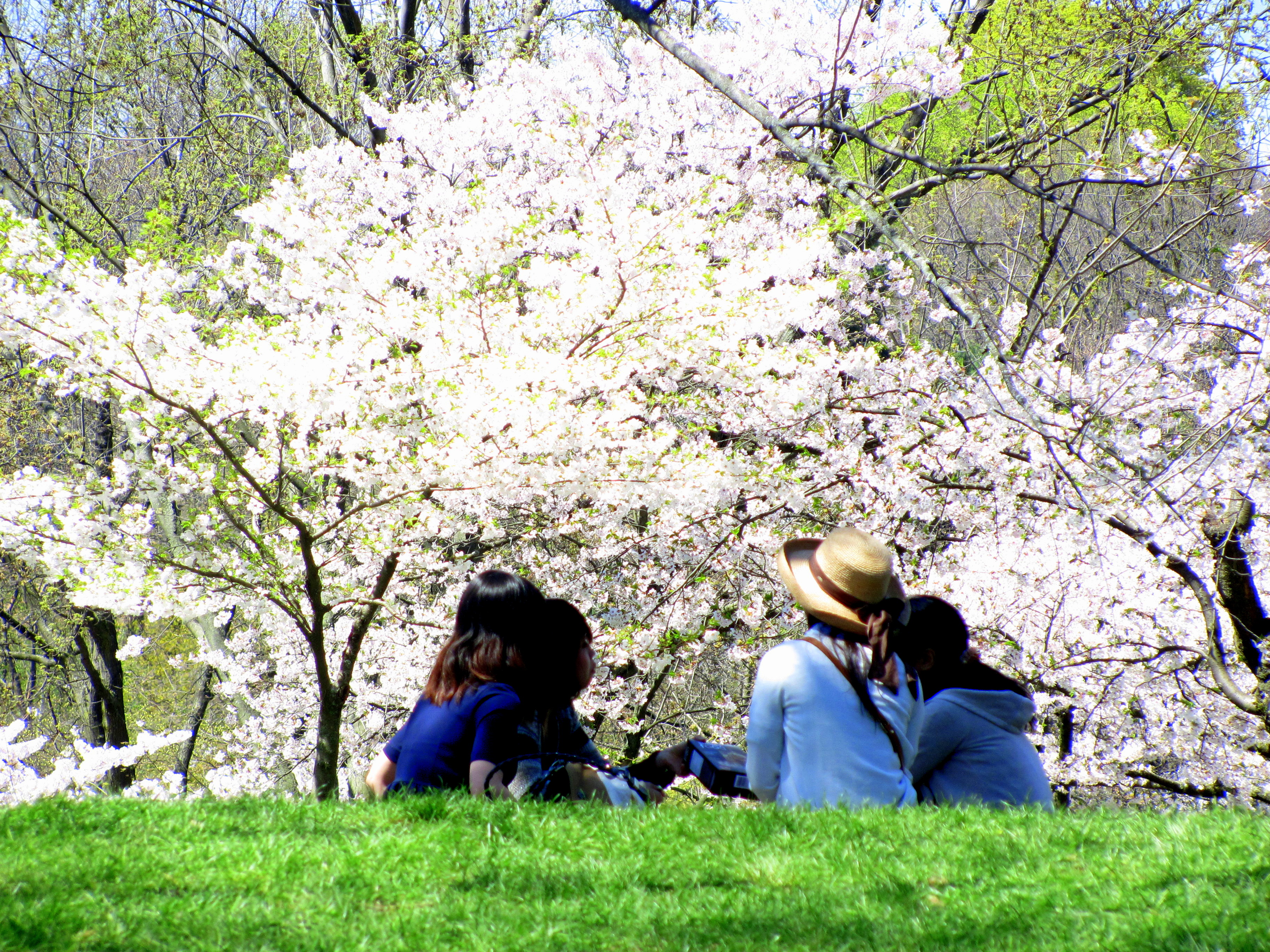
by Dr. Talia Marcheggiani, ND | Jun 6, 2014 | Balance, Happiness, Healing Stories, Meditation, Mental Health, Mindfulness, Motivation, Patience, Philosophy

“There are a lot of things up in the air in my life right now.” My friend, S, told me as we sat on the grass enjoying the first of two yerba mate-and-chit-chat experiences I’d partake in in the following two days. “I just have to trust that things will eventually settle,” she added.
“Hmmm…” I nodded, sipping from the bombilla. “It’s just that it can be so hard to do that sometimes…”
Brief silence.
“No it’s not.” S replied matter-of-factly.
And I wondered what my deal was.
On a personality questionnaire I recently filled out, I had to choose whether I’d prefer good things to happen to me or interesting things. The question intrigued me.
Of course it’s the interesting, excruciating disappointments that shape us and teach us about life and who we are. Sure, the good things can help us in our lives, but it’s the interesting things that challenge us to evolve and move forward.
And yet, in my life I’ve had a hard time trusting the interesting things. It’s so much easier to prefer the simplicity and clarity of good things.
So, at the moment that my life is more interesting than good (but still good), I am trying to learn to sit with it. I try to notice my impatience and desire to snatch all the things that are floating up around me out of the air, and rather than forcing them down to earth, watching and waiting to see where they settle on their own.
I’ve been thinking about my Mindfulness-Based Stressed Reduction course that I took exactly one year ago. I remember our instructor, Roy, pointing out to us that in our educational system we’re groomed into the mindset of pressuring ourselves to succeed, to always be moving somewhere. We’re taught that we own full control over our destinies and are responsible for the outcomes of our lives. Is this right? He asked us, in his almost-infuriatingly patient voice, as if he had all the time in the world to wait for his flock of cattle to corral themselves. The doubt he had placed in our minds violently upset one of the course participants. “I think it is right.” She passionately, angrily asserted. “We were always taught in school to strive for greatness, to try our hardest! It’s because of that message that I’m successful today.”
We watched as Roy gazed at her, non-reactively and his eyes implored her and the rest of us, And so you tried your hardest. You did as you were told. Did it make you happy? You tried your hardest and for what? You’re still here, alive, but very much at the mercy of nature and fate. You’re just as scared and confused as the rest of us. The rest of the class tensely watched the confrontation. It made us nervous to see him bearing the brunt of her anger for stirring up some deeply held beliefs and shattering her illusion of control – the illusion we are all taught to hold dear.
As a meditation instructor, I believe he must have become accustomed to removing those fragile bottom pieces of the Jenga tower and watching everyone’s world views come tumbling down like a stack of wooden blocks.
The blocks are currently in mid-air and it’s hard not to wonder where they’ll eventually land.
Or, as my friend S said, maybe it’s not.

by Dr. Talia Marcheggiani, ND | Mar 20, 2014 | Canadian College of Naturopathic Medicine, Health, Medicine, Motivation, Naturopathic Principles

I remember sitting in the walk-in clinic. I’d been waiting for over an hour, not to mention the time lost denying my symptoms, waiting until they got bad enough to warrant the visit in the first place. Finally, it was my turn. I walk into the treatment room, where a thin, middle-aged doctor was seated, her hair short and grey, her eyes encased in dark, baggy skin. She didn’t smile. “How can I help you?” She asked, bored already. I began where I thought the story began, at the beginning. I got a few sentences out before she cut me off. I was surprised; couldn’t she see that all this information was relevant? I didn’t just have fatigue, it was a part of me. It was woven into the fabric of my life; it had a back-story. This doctor needed to know when it began, what my life was like at the time, what I’d tried to do to treat it myself, when it felt better, when it felt worse. I didn’t believe she could treat me without that information. Surely it all mattered.
(more…)
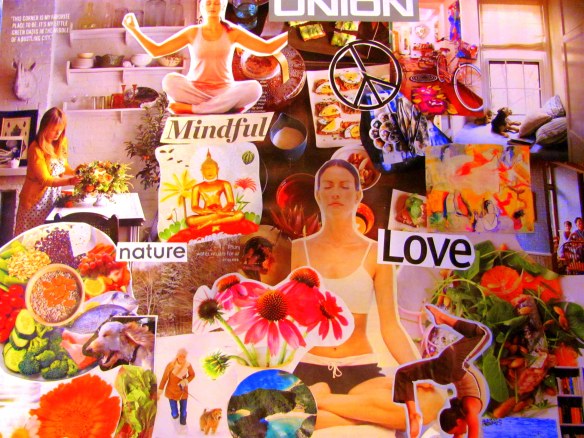
by Dr. Talia Marcheggiani, ND | Jan 5, 2014 | Health, Motivation, Nutrition, Psychology

Creating a vision board is a great, right-brained way to identify your goals for the new year.
New Year’s Day has come and gone, meaning it’s time for me to dust myself off, put away the wool blanket I’ve been camping out under with a good book, wash my coffee cup, change out of my pyjama pants and move from a state of “being” to “doing” again (just a bit more doing). I’ve never been a huge fan of New Year’s resolutions; they’ve always seemed to me like a fatalistic fad that we have already given ourselves permission to break. Even before we set off on our trek, we know that most New Year’s resolutions are doomed to die out and so we often resign ourselves to failing before we begin.
That being said, the new year, while just a symbolic date on our calenders, does signal new beginnings. It’s the end of down time – most of us are heading back to school after a period of rest and rejuvenation. It marks the passing of the winter solstice; the days are beginning to get longer, the earth is gathering warmth and rekindling our inner fires, which bring with them the motivation we need to accomplish our deepest, most important goals. So, this first post of the new year is dedicated to goal setting. It’s one of the skills we naturopathic doctors (and naturopathic interns) implement often, because getting to the root cause of disease and walking the path of health is never as easy as saying “start running and eating kale”. It requires a certain amount of foresight and personal empowerment.
(more…)
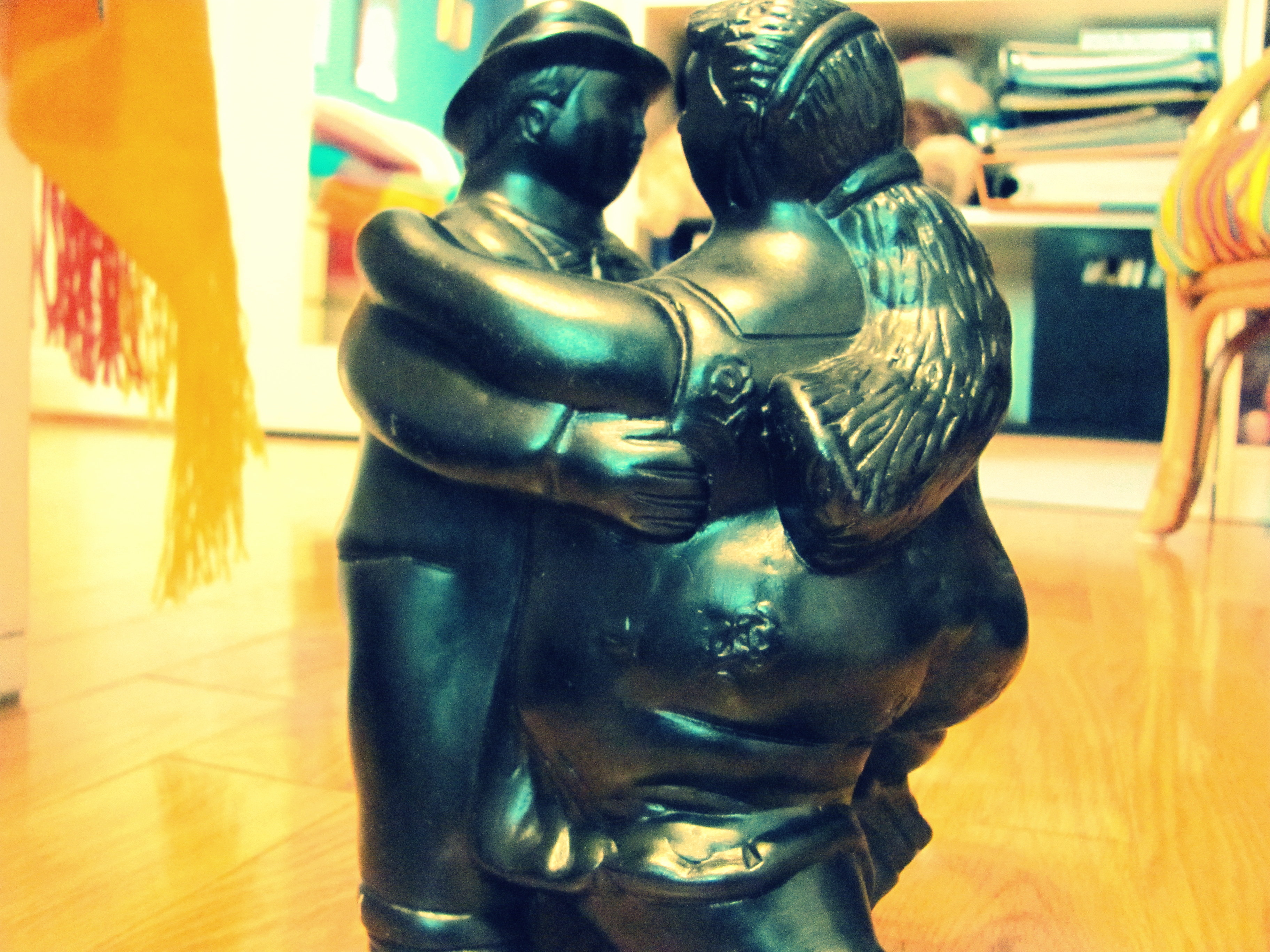
by Dr. Talia Marcheggiani, ND | Mar 21, 2013 | Balance, Emotions, Fitness, Health, Mental Health, Mindfulness, Motivation, Nature Cure, Naturopathic Philosophy, Naturopathic Principles, Self-care, Treating the Cause, Weight Loss, Women's health

This article was first published in My Yoga Online.
With the growing rates of obesity in our society, combined with the tendency for most people who successfully lose weight to gain it back only a short while later, it’s obvious that something is flawed in our society’s general weight-loss strategy.
(more…)
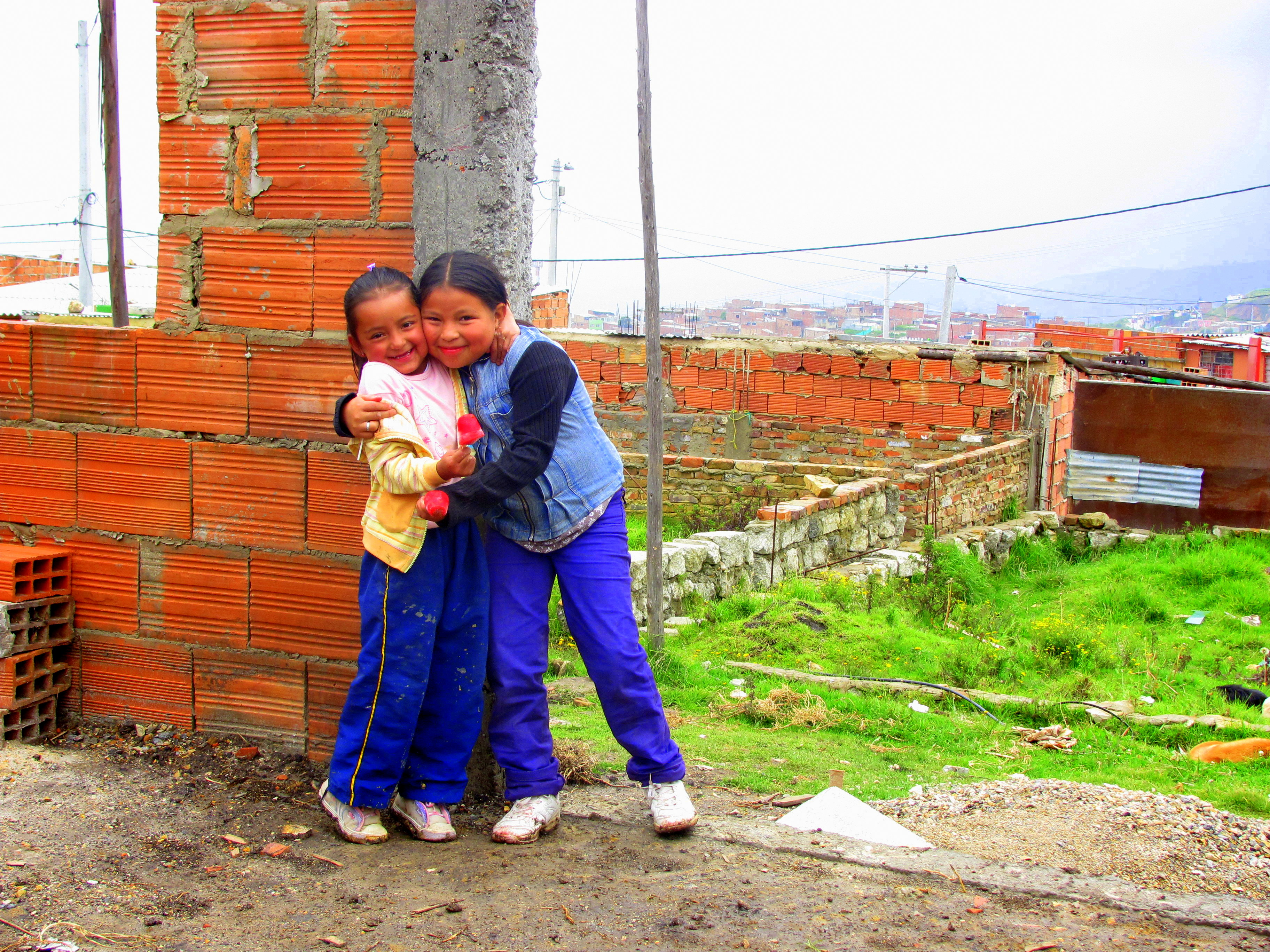
by Dr. Talia Marcheggiani, ND | Nov 19, 2012 | Acupuncture, Canadian College of Naturopathic Medicine, Community, Education, Health, Lifestyle, Motivation, Naturopathic Philosophy, Naturopathic Principles, Philosophy, Preventive Medicine, Professional Development, Student, Student debt, Toronto

Last Wednesday, November 14, a group of exceptionally socially-minded classmates and I held a Community Healthcare Panel. Despite the fact that it was held on a Wednesday night, the event proved to be nothing less than engaging and inspiring and, because of its success, I was asked by a number of students who couldn’t attend to offer up a synopsis of what was covered. So, here are my rough notes:
(more…)
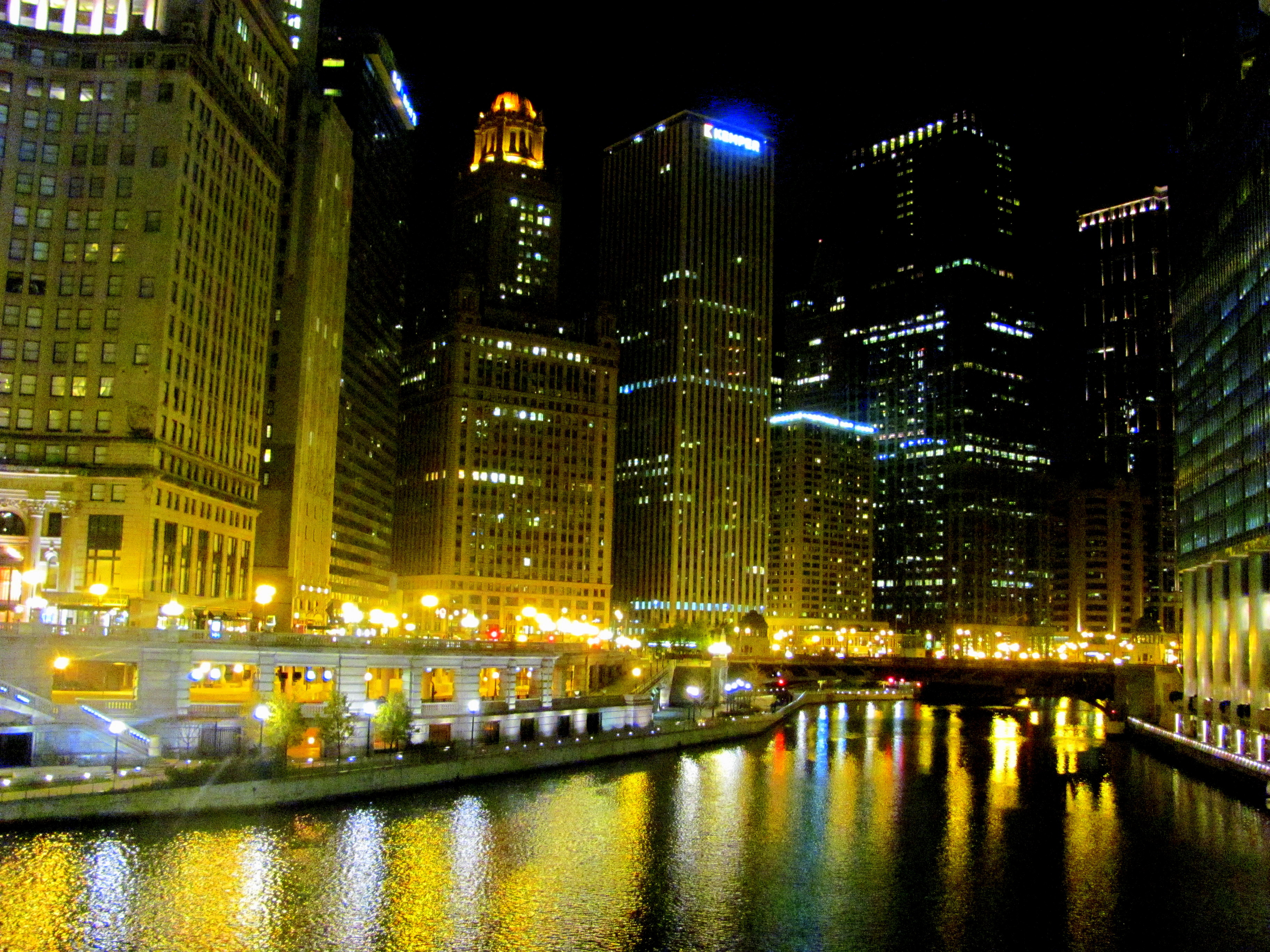
by Dr. Talia Marcheggiani, ND | Nov 15, 2012 | Canadian College of Naturopathic Medicine, Education, Finding yourself, Healing Stories, Health, Motivation, Nature Cure, Naturopathic Philosophy, Naturopathic Principles, Philosophy, Student, Travel

Every year the naturopathic student community holds a philosophical conference at one of the accredited naturopathic medical schools in North America. For three days, naturopathic medical students and “elders” – seasoned professionals in practice for about 20 years or more – gather together in an event called (fittingly) The Gathering to share philosophical insights about the art and practice of naturopathic medicine. I have personally attended twice: my first year, in 2011, it was held at our own Canadian College of Naturopathic Medicine (CCNM) in Toronto, Canada, and this year, in 2012, it was held at the National University of Health Sciences (NUHS) in Chicago, Illinois. Both times it hasn’t failed to be less than inspirational. Here are some golden nuggets of naturopathic insight from three amazing naturopathic doctors:
(more…)



















